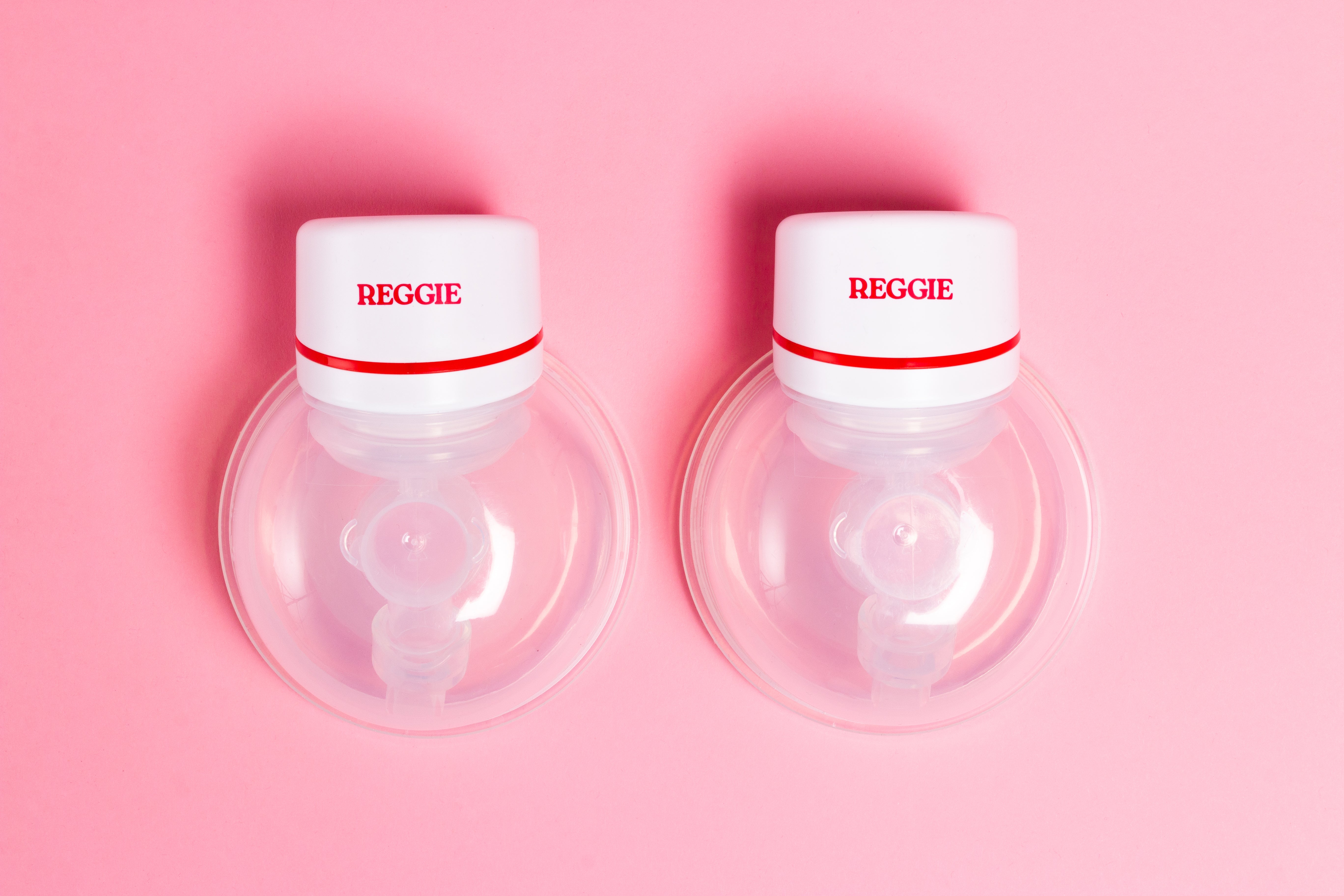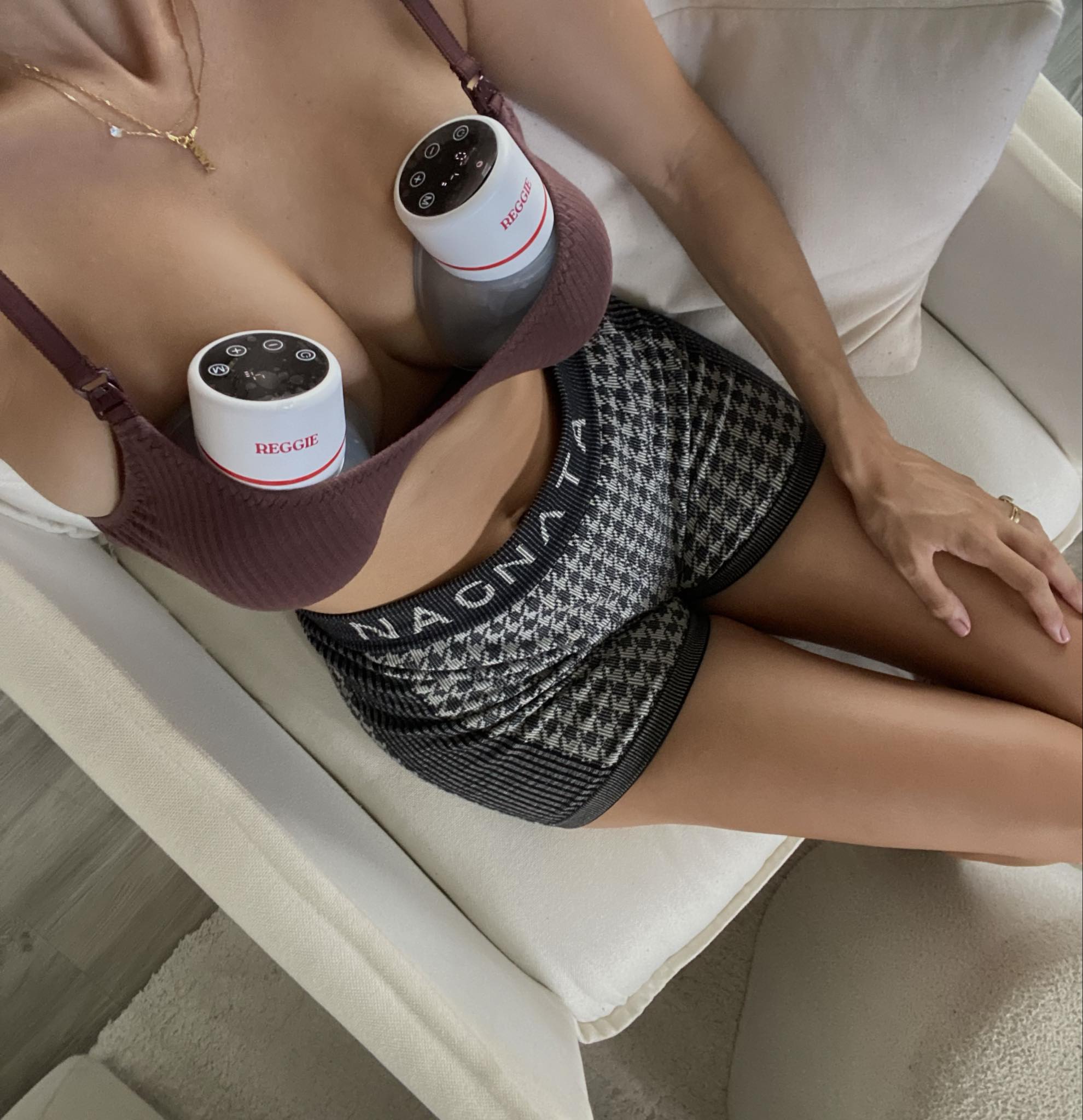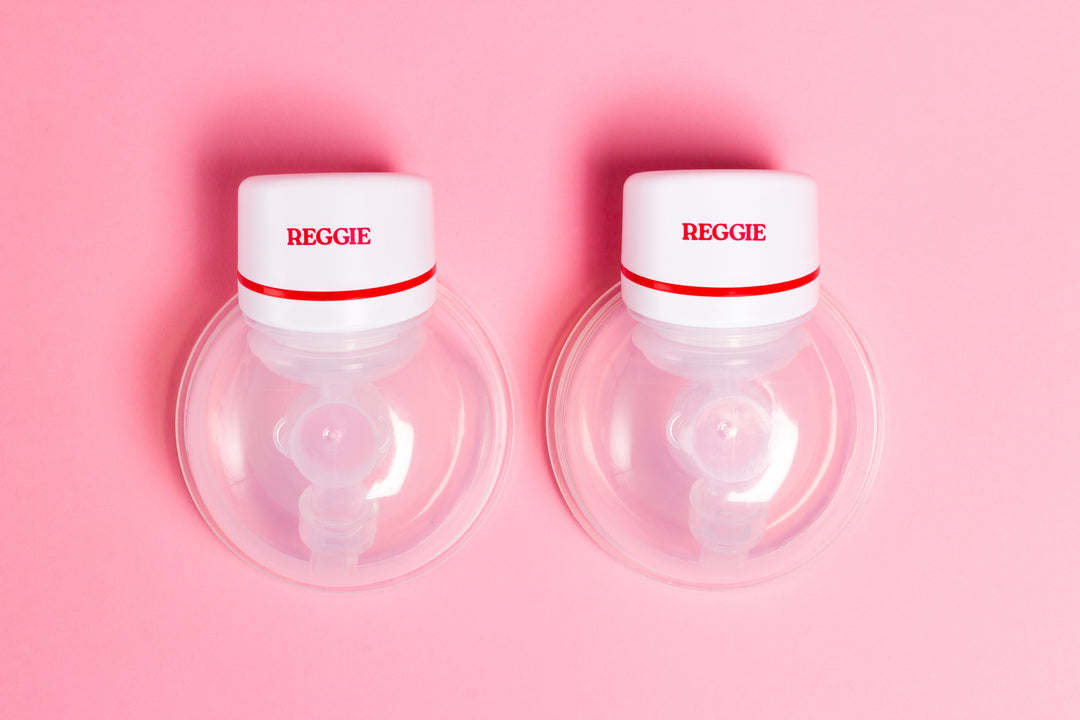Wearable Pumps vs Traditional Pumps: Meal Prep
Struggling to pump while cooking? Here’s the solution: Wearable pumps let you move freely and multitask, while traditional pumps focus on stronger suction but keep you stationary.
Key Points at a Glance:
- Wearable Pumps: Cordless, hands-free, discreet, and perfect for multitasking like chopping or stirring. However, they may not fully empty breasts and require frequent charging.
- Traditional Pumps: Stronger suction, better for full milk expression, but tethered to a power outlet, limiting movement and multitasking.
Quick Comparison Table:
| Feature | Wearable Pumps | Traditional Pumps |
|---|---|---|
| Mobility | Full movement, hands-free | Fixed location, requires setup |
| Suction Power | Moderate (250–300 mmHg) | Stronger (250+ mmHg) |
| Multitasking | Great for cooking | Limited during food prep |
| Noise Level | Quiet | Louder |
| Price Range | $190–549 AUD | Lower cost |
| Ease of Use | Quick setup, more parts to clean | Simpler setup, fewer parts |
Bottom Line: Choose wearable pumps for multitasking and freedom, or traditional pumps for efficiency and stronger suction. A mix of both might work best for busy mums juggling pumping and meal prep.
How Wearable Pumps Help with Meal Prep
Wearable pumps make meal prep easier by allowing discreet and uninterrupted milk expression.
Freedom to Move
The cordless design gives you the flexibility to move freely around the kitchen. These battery-powered pumps eliminate the need for a power outlet, letting you go from the pantry to the stovetop without restrictions .
Alex Nation, a Reggie Baby user, shared her thoughts:
"This portable breast pump is a total game changer... The Reggie portable breast pumps are incredible. I can achieve so much stuff, all while expressing, and they are so comfortable. It's really gentle on the nipple and hugely effective as well" .
Discreet Pumping While Cooking
Wearable pumps fit discreetly under clothing, making it easy to pump without anyone noticing - even during meal prep. This is especially helpful for mums juggling cooking and family activities .
Annabel Elliott, another Reggie Baby user, highlighted:
"I am able to get a minimum of 120ml of milk in 20 minutes with no pain... The handsfree and cordless feature is very convenient when I also have a toddler. Highly recommend!" .
Potential Limitations
While wearable pumps offer plenty of benefits, they do come with a few challenges:
| Aspect | Limitation | Suggested Solution |
|---|---|---|
| Milk Expression | May not completely empty breasts | Use a hospital-grade pump once or twice daily |
| Battery Life | Needs frequent charging | Charge the pump between uses |
| Fit and Comfort | Achieving the right latch can be tricky | Ensure the flange size is correct for comfort |
Brandi Schilhab, a seasoned user, explained:
"Neither the Willow nor the Elvie fully emptied my breasts, even at full suction and even while wearing for the maximum time (around 25 minutes)" .
Despite these drawbacks, the hands-free design makes multitasking much easier. Up next, we’ll look at how traditional pumps compare in terms of location flexibility and milk output.
Standard Pumps: Strengths and Weaknesses
After discussing the flexibility of wearable pumps, let’s dive into how traditional pumps perform and how they affect meal preparation. Standard pumps are known for their efficiency in milk collection but come with limitations when it comes to multitasking in the kitchen.
Fixed Location Needs
Standard pumps need to be plugged in, which means you’re tied to a specific spot while pumping. This can make it tricky to move around or handle meal prep.
| Consideration | Impact on Meal Prep | Suggested Workaround |
|---|---|---|
| Power Source | You’re limited by the length of the power cord | Set up your pumping station near your prep area |
| Space Requirements | Requires a flat, stable surface, like a counter | Dedicate a clean, specific space for pumping |
These location constraints can interrupt your kitchen workflow, but the high milk output of traditional pumps often makes up for it.
Milk Output Performance
When it comes to milk expression, standard pumps deliver. They feature powerful and adjustable suction (up to 250 mmHg), making them highly effective.
| Feature | Benefit | Impact on Meal Prep |
|---|---|---|
| Adjustable Settings | Customisable speed and suction | Shortens the overall pumping time |
| Double Pumping & Expression | Allows for complete breast emptying and faster milk collection | Fewer pumping sessions needed |
This efficiency ensures you spend less time pumping, though it comes at the cost of being able to multitask.
Limits on Multitasking
The stationary design of traditional pumps and the need for both hands during use make multitasking almost impossible. This means you’ll often have to pause kitchen tasks, which can be a challenge for busy mums.
Careful planning becomes essential to balance pumping sessions and meal preparation. While traditional pumps are excellent at collecting milk, their design limits your ability to juggle other kitchen tasks during use.
sbb-itb-08733ff
Pump Comparison Chart for Meal Prep
Here's a breakdown of pump features and how they affect multitasking in the kitchen:
| Feature | Wearable Pumps | Traditional Pumps | Impact on Meal Prep | | --- | --- | --- | | Mobility | Cordless and fits inside a bra, allowing full movement | Tethered to a power outlet, limiting movement | Wearable pumps let you move freely, while traditional pumps keep you stuck in one spot. | | Hands-Free Capability | Operates without needing hands | Requires both hands for setup and operation | Wearable pumps allow you to keep chopping, stirring, or prepping while pumping. | | Noise Level | Quieter and more discreet | Louder due to the motor | A quieter pump means less disruption while cooking. | | Suction Power | Typically weaker suction | Generally stronger suction | Traditional pumps are faster for milk expression, but wearable pumps let you multitask. | | Spill Risk | Anti-leak technology reduces spills | Stable bottle positioning needed to avoid spills | Wearable pumps are designed to keep leaks at bay during movement. | | Setup Time | Quick and easy to start | Requires a nearby power outlet for setup | Wearable pumps save time, making them easier to fit into a busy prep schedule. | | Discretion | Can be worn under clothing | More visible and bulky | Wearable pumps let you pump discreetly, even during family meals. |
Wearable pumps are ideal for multitasking, offering freedom and convenience, while traditional pumps focus on efficiency but limit mobility. Now, let's see how these features play out in daily kitchen activities:
| Activity | Wearable Pump Experience | Traditional Pump Experience |
|---|---|---|
| Food Prep | Lets you chop, measure, and mix without interruption | Often requires pausing prep work to pump |
| Stovetop Cooking | Allows you to monitor and stir dishes safely | Limits your ability to stay near the stove |
| Kitchen Movement | Lets you move freely around the kitchen | Keeps you confined to one area |
Wearable pumps make it easier to juggle cooking and pumping, while traditional pumps may be better suited for times when efficiency takes priority over mobility.
Best Practices for Pumping While Cooking
Meal and Pump Schedule Tips
Plan 15–20 minute pumping sessions to align with your meal prep. The key is to pump during less demanding cooking moments - like when waiting for water to boil or while something is baking - rather than during tasks that need your full attention.
| Time Block | Cooking Task | Pumping Approach |
|---|---|---|
| Morning Prep | Chopping vegetables, measuring | Ideal for wearable pumps |
| Active Cooking | Stovetop work | Use a traditional pump before or after |
| Passive Cooking | Oven baking, slow cooking | Works with both pump types |
Once you’ve planned your schedule, make sure to follow strict kitchen safety practices to protect both your food and yourself.
Kitchen Safety Guidelines
Here are some essential tips for safe food handling while pumping:
- Sanitisation: Clean all surfaces, utensils, and your hands before touching ingredients.
-
Temperature Control:
- Keep prepped meals stored below 4°C.
- Cook foods to their recommended internal temperatures.
- Avoid leaving food at room temperature for more than 2 hours.
- Avoid Cross-Contamination: Always prepare raw meats separately from produce and other items like starches.
These precautions are especially important when multitasking with pumping and cooking.
Using Reggie Baby Products

Reggie Baby's wearable, wireless pumps are quiet and designed to keep you focused on your cooking. Their USB-C rechargeable pumps and spill-resistant collection cups (priced at $15 AUD) are especially handy during active cooking moments.
Tips for Reggie Baby pumps:
- Secure the collection cups properly to avoid leaks.
- Place the controls where you can reach them easily.
- Keep spare containers within reach.
- Adjust suction settings for maximum comfort.
Choosing a pump that fits seamlessly into your routine can make juggling cooking and pumping much easier, all while maintaining food safety and staying on schedule.
Conclusion: Choosing Your Best Pump Option
When deciding on a pump, think about what matters most to you: stronger suction or the freedom to move around. This decision can make a big difference, especially when you're balancing pumping with everyday tasks like cooking.
The Momcozy S12 Pro, recognised in the 2024 Mom Must-Have Awards , showcases what modern wearable pumps can offer.
| Feature | Wearable Pumps | Traditional Pumps |
|---|---|---|
| Suction Power | 250–300 mmHg | Up to 250+ mmHg |
| Mobility | Full range of movement | Fixed location required |
| Multitasking | Great for cooking | Limited during food prep |
| Price Range | $190–549 AUD | Generally lower cost |
| Cleaning | More parts, complex | Fewer parts, simpler |
This table highlights the main differences. As Chrisie Rosenthal, an international board-certified lactation consultant, explains:
"Parents who find these pumps most helpful are parents who have multiple children, and parents who have jobs that make taking scheduled pump breaks difficult" .
For many parents, a mix of both pump types works best - using a traditional pump for regular sessions and a wearable pump for busy moments like meal prep. If you're working with a tight budget, weigh the pros and cons: traditional pumps are more affordable, but even entry-level wearable pumps can provide the flexibility to multitask.







Leave a comment